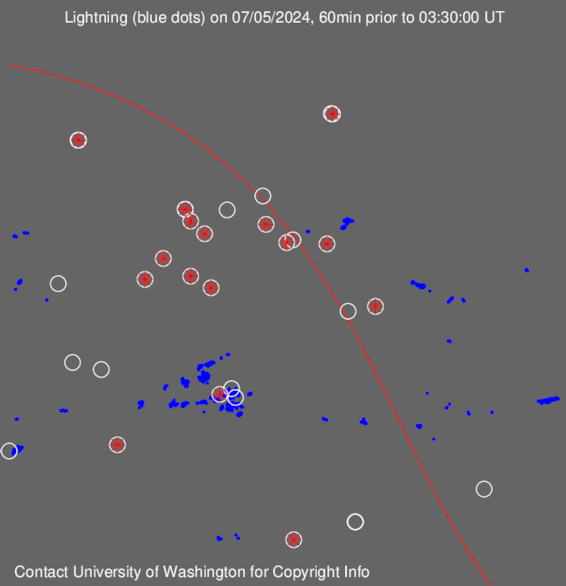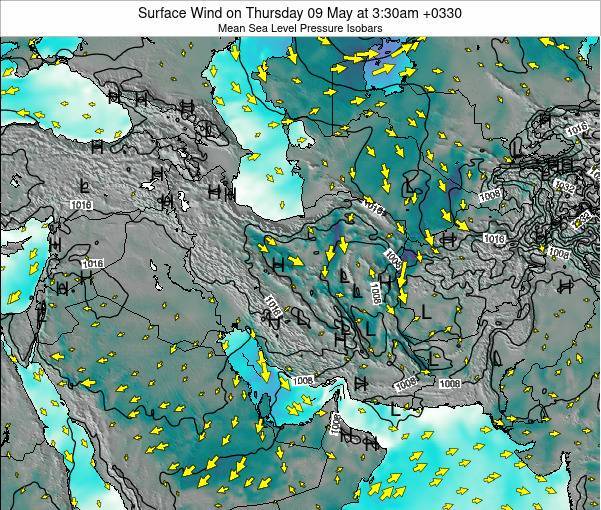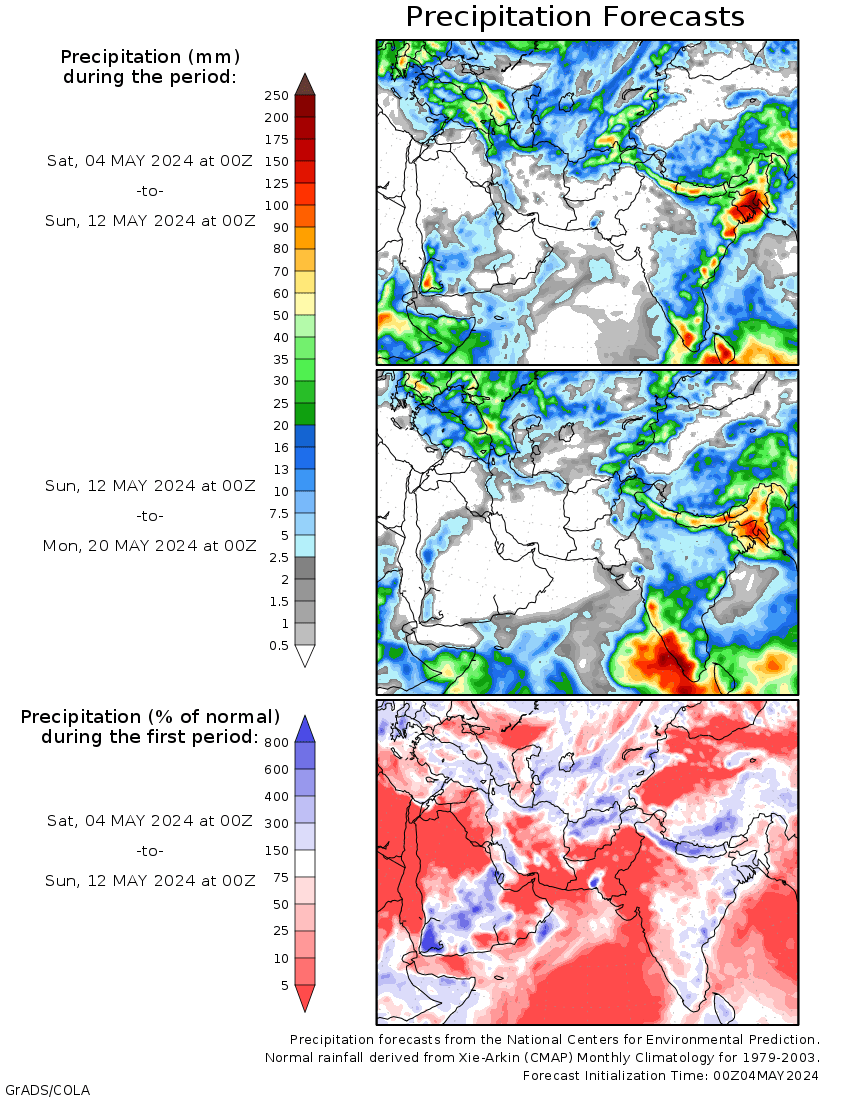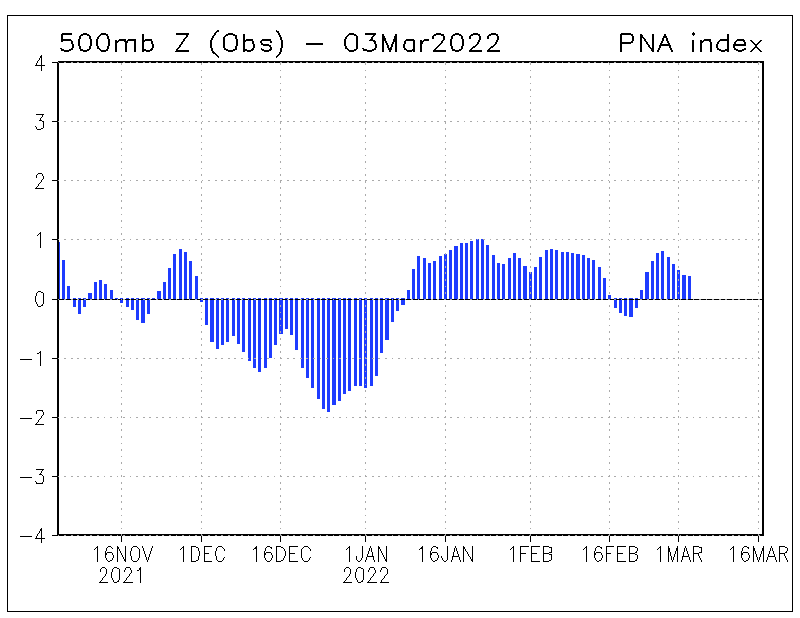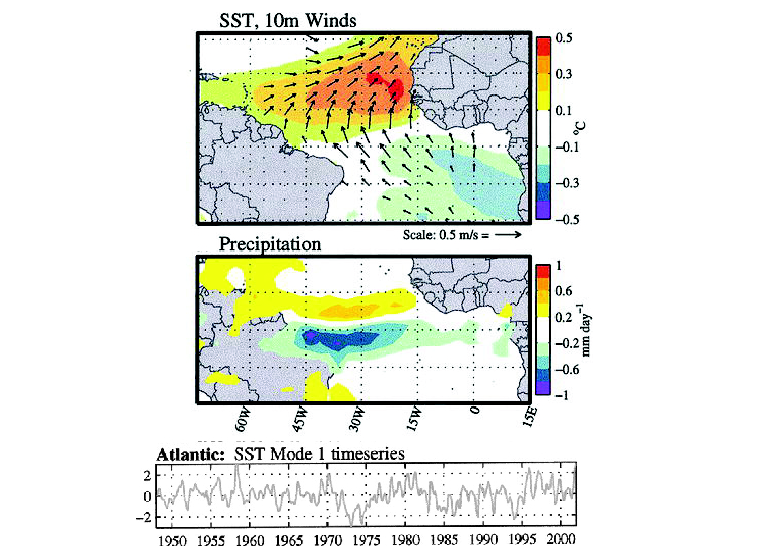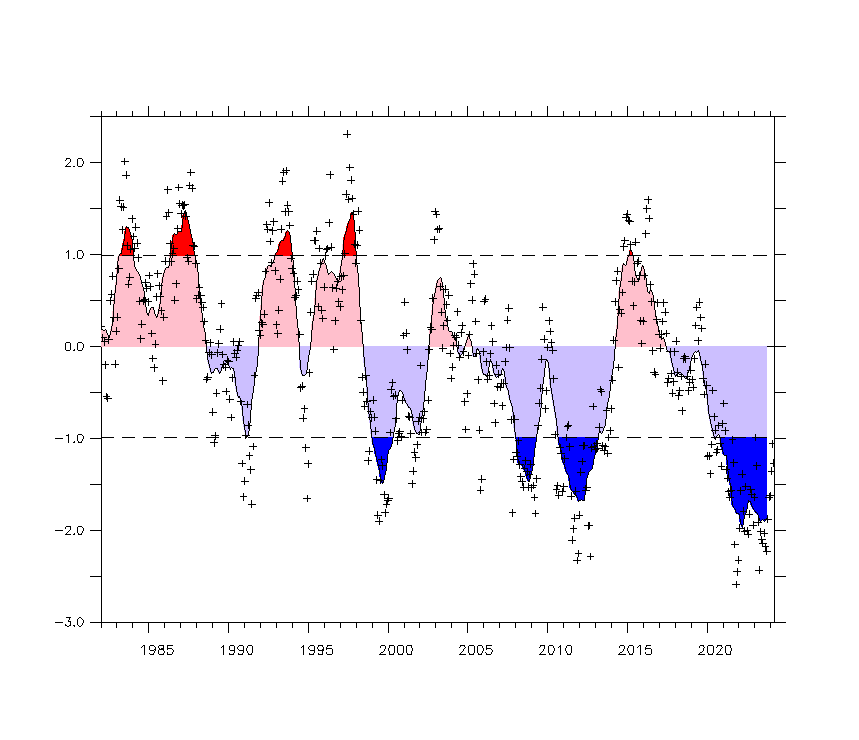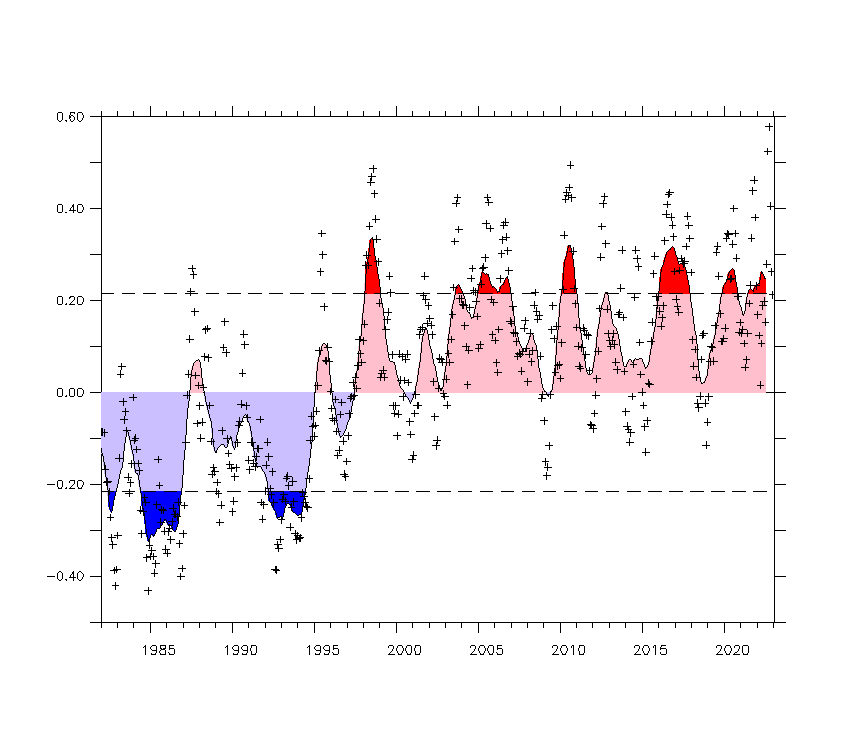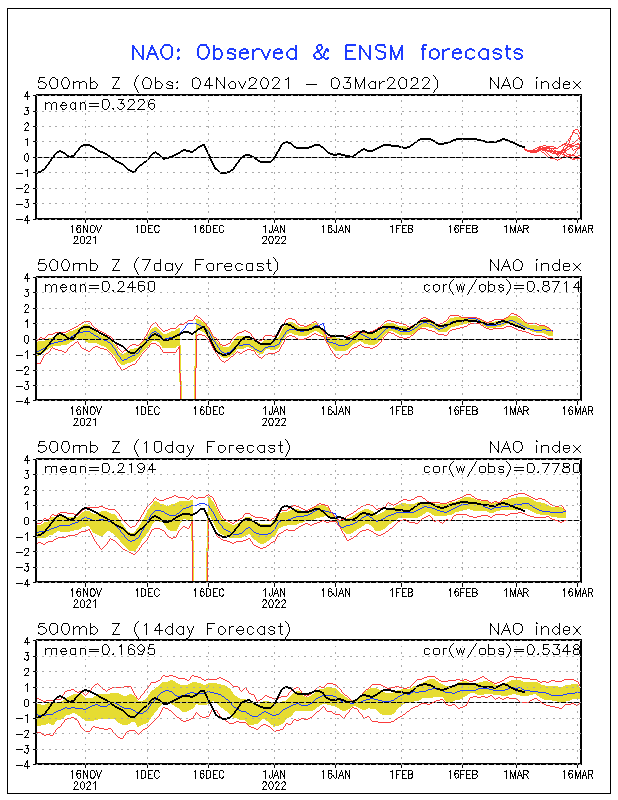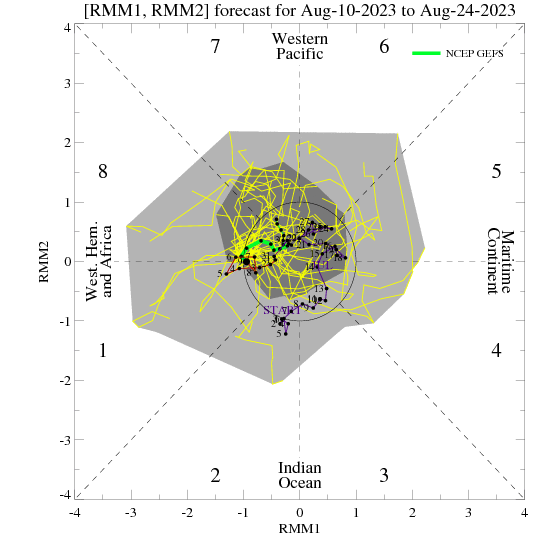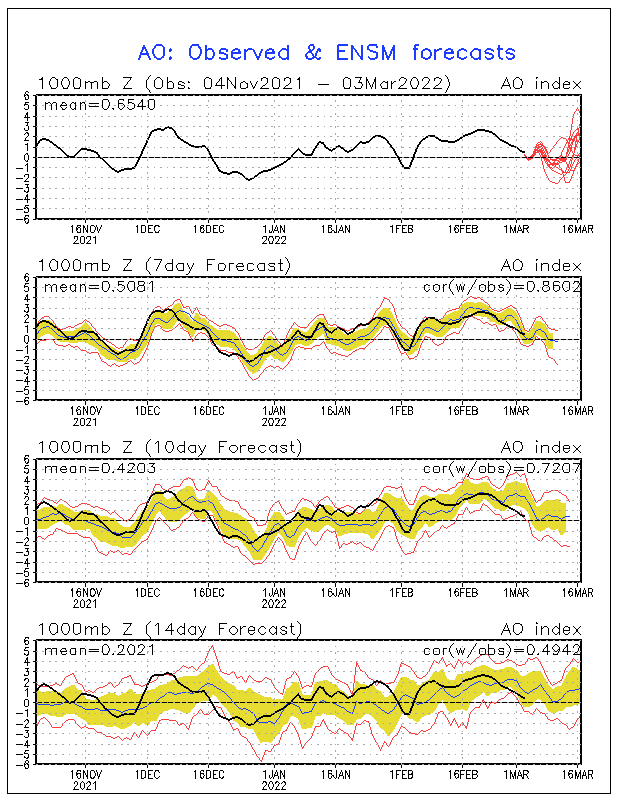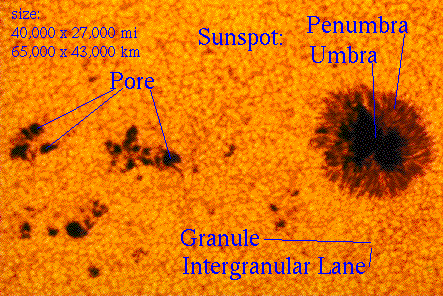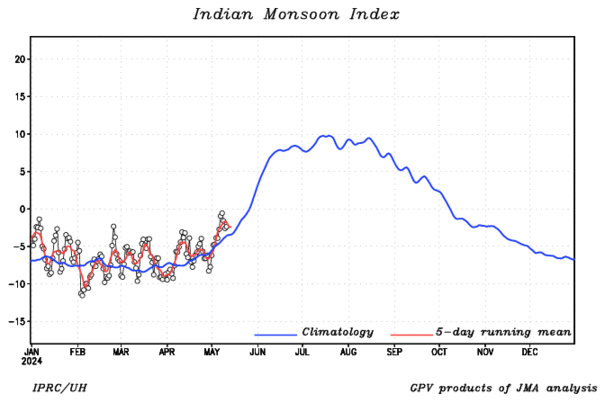
El Niño
El Niño WATCH
All of the following criteria need to be satisfied:
- Current climate state: ENSO phase is currently neutral or declining La Niña.
2.
- Either:
SOI analogues: Of the 10 years that most closely resemble the current SOI pattern, 4 or more have shown El Niño characteristics. - Or:
Sub-surface: Significant sub-surface warming has been observed in the western or central equatorial Pacific Ocean. - Models: One-third or more of surveyed climate models show warming to at least 0.8 °C above average in the NINO3 or NINO3.4 regions of the Pacific Ocean by late winter or spring.
The chance that an El Niño will occur (based on historical data) is at least 50%.
El Niño ALERT
Any three of the following criteria need to be satisfied:
- Sea surface temperature: A clear warming trend has been observed in the NINO3 or NINO3.4 regions of the Pacific Ocean during the past three to six months.
- Winds: Trade winds have been weaker than average in the western or central equatorial Pacific Ocean during any two of the last three months.
- SOI: The two-month average SOI is –7 or lower.
- Models: A majority of surveyed climate models show warming to at least 0.8 °C above average in the NINO3 or NINO3.4 regions of the Pacific Ocean by the late winter or spring.
The chance that an El Niño will occur (based on historical data) is at least 70%.
EL NIÑO
Any three of the following criteria need to be satisfied:
- Sea surface temperature: Temperatures in the NINO3 or NINO3.4 regions of the Pacific Ocean are 0.8 °C warmer than average.
- Winds: Trade winds have been weaker than average in the western or central equatorial Pacific Ocean during any three of the last four months.
- SOI: The three-month average SOI is –7 or lower.
- Models: A majority of surveyed climate models show warming to at least 0.8 °C above average in the NINO3 or NINO3.4 regions of the Pacific until the end of the year.
Valid until the El Niño is officially declared over by the Bureau of Meteorology.
La Niña
La Niña WATCH
All the following criteria need to be satisfied:
- Current climate state: ENSO phase is currently neutral or declining El Niño.
2.
- Either:
SOI analogues: Of the 10 years that most closely resemble the current SOI pattern, 4 or more have shown La Niña characteristics. - Or:
Sub-surface: Significant sub-surface cooling has been observed in the western or central equatorial Pacific Ocean. - Models: One-third or more of surveyed climate models show cooling to at least 0.8 °C below average in the NINO3 or NINO3.4 regions of the Pacific Ocean by late winter or spring.
The chance that a La Niña will occur (based on historical data) is at least 50%.
La Niña ALERT
Any three of the following criteria need to be satisfied:
- Sea surface temperature: A clear cooling trend has been observed in the NINO3 or NINO3.4 regions of the Pacific Ocean during the past three to six months.
- Winds: Trade winds have been stronger than average in the western or central equatorial Pacific Ocean during any two of the last three months.
- SOI: The two-month average SOI is +7 or higher.
- Models: A majority of surveyed climate models show cooling to at least 0.8 °C below average in the NINO3 or NINO3.4 regions of the Pacific Ocean by the late winter or spring.
The chance that a La Niña will occur (based on historical data) is about 70%.
LA NIÑA
Any three of the following criteria need to be satisfied:
- Sea surface temperature: Temperatures in the NINO3 or NINO3.4 regions of the Pacific Ocean are 0.8 °C cooler than average.
- Winds: Trade winds have been stronger than average in the western or central equatorial Pacific Ocean during any three of the last four months.
- SOI: The three-month average SOI is +7 or higher.
- Models: A majority of surveyed climate models show cooling to at least 0.8 °C below average in the NINO3 or NINO3.4 regions of the Pacific Ocean until the end of the year.
Valid until the La Niña is officially declared over by the Bureau of Meteorology.
NEUTRAL
An ENSO event is not active in the tropical Pacific Ocean and there are no signs of an El Niño or La Niña developing.
The below table summarises the ENSO Tracker status by month from 1980 to present.
ENSO status legend
| ENW | El Niño WATCH |
| LNA | El Niño ALERT |
| EN | EL NIÑO |
| LNW | La Niña WATCH |
| ENA | La Niña ALERT |
| LN | LA NIÑA |
| N | NEUTRAL |
El Niño and La Niña years
Shading of text in the year column refers to years in which El Niño (red) or La Niña (blue) events began.
Past ENSO events
| Jan | Feb | Mar | Apr | May | Jun | Jul | Aug | Sep | Oct | Nov | Dec | |
|---|---|---|---|---|---|---|---|---|---|---|---|---|
| 1980 | N | N | ENW | ENW | ENW | ENW | ENW | N | N | N | N | N |
| 1981 | N | N | N | N | N | N | N | N | N | N | N | N |
| 1982 | N | N | N | N | ENW | ENA | EN | EN | EN | EN | EN | EN |
| 1983 | EN | EN | LNW | LNW | LNW | LNW | LNW | LNW | LNA | LNA | LN | LN |
| 1984 | LN | LNW | LNW | LNW | LNW | LN | LN | N | N | N | N | N |
| 1985 | N | N | LNA | LNA | N | LN | N | N | N | N | N | N |
| 1986 | N | N | N | N | N | N | ENA | ENA | ENA | ENA | EN | EN |
| 1987 | EN | EN | EN | EN | EN | EN | EN | EN | EN | EN | EN | EN |
| 1988 | EN | EN | LNW | LNA | LNA | LN | LN | LN | LN | LN | LN | LN |
| 1989 | LN | LN | LN | ENW | ENW | N | N | N | N | N | N | N |
| 1990 | ENW | ENW | ENA | ENA | N | N | N | N | N | N | N | N |
| 1991 | N | N | ENW | N | ENA | EN | EN | EN | EN | EN | EN | EN |
| 1992 | EN | EN | EN | EN | EN | EN | N | N | N | N | N | N |
| 1993 | N | N | ENA | ENA | EN | EN | N | N | N | N | N | N |
| 1994 | N | N | N | N | ENW | ENA | N | ENA | N | EN | EN | EN |
| 1995 | EN | EN | N | LNW | LNW | LNW | N | LNA | LN | LN | LN | LN |
| 1996 | N | N | ENW | ENW | ENW | ENW | N | N | N | N | N | N |
| 1997 | ENW | ENW | ENW | ENW | ENA | EN | EN | EN | EN | EN | EN | EN |
| 1998 | EN | EN | LNW | LNW | LNW | LNA | LNA | LN | LN | LN | LN | LN |
| 1999 | LN | LN | LN | LN | LN | LN | LN | LN | LN | LN | LN | LN |
| 2000 | LN | LN | ENW | ENW | ENW | ENW | N | N | N | LNA | LNA | LNA |
| 2001 | LN | N | ENW | ENW | ENW | N | ENW | N | N | N | N | N |
| 2002 | N | N | ENW | ENA | ENA | ENA | EN | EN | EN | EN | EN | EN |
| 2003 | EN | N | N | N | LNW | LNW | N | N | N | N | N | N |
| 2004 | N | N | N | N | N | N | ENW | ENA | ENA | ENA | ENA | ENA |
| 2005 | N | N | N | ENW | N | N | N | N | N | N | N | N |
| 2006 | N | N | N | N | N | N | ENW | ENA | EN | EN | EN | EN |
| 2007 | EN | N | LNW | LNW | LNA | LNA | LNA | LN | LN | LN | LN | LN |
| 2008 | LN | LN | LNA | LNA | N | N | N | N | N | N | LNA | LN |
| 2009 | LN | LN | ENW | ENW | ENW | ENW | ENW | ENA | ENA | ENA | EN | EN |
| 2010 | EN | EN | EN | LNW | LNA | LNA | LN | LN | LN | LN | LN | LN |
| 2011 | LN | LN | LN | N | N | N | N | N | LNA | LN | LN | LN |
| 2012 | LN | LN | N | N | ENW | ENW | N | N | N | N | N | N |
| 2013 | N | N | N | N | N | N | N | N | N | N | N | N |
| 2014 | N | ENW | ENW | ENA | ENA | ENA | ENA | ENW | ENW | ENW | ENA | ENA |
| 2015 | ENA | N | ENW | ENA | na | na | na | na | na | na | na | na |
Historical values of the ENSO Tracker status prior to 2014 are based on the set criteria alone. Values from the beginning of 2014 include expert analysis by climatologists at the Bureau of Meteorology to make the final assessment on a status level having been reached.









